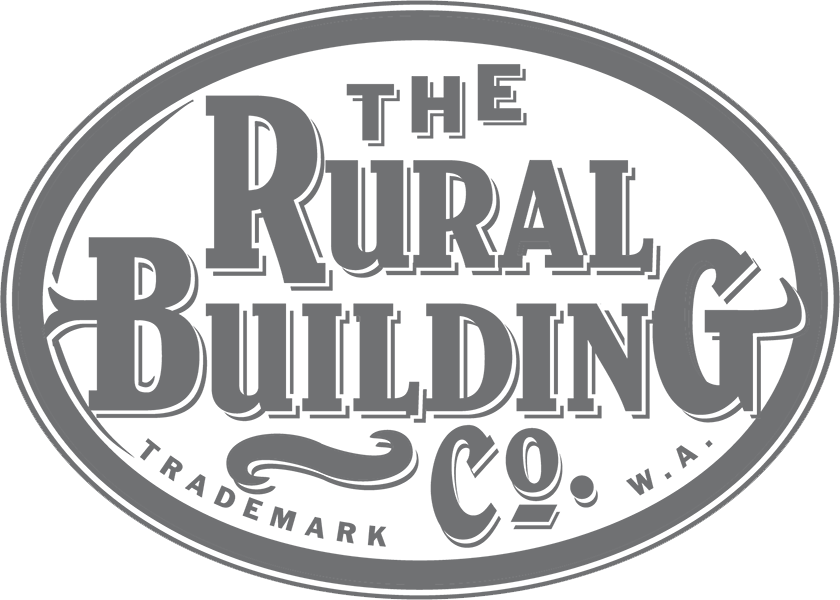
Australian bushfire protection advice for your Rural home
Protect your home from potential damage

During summer the risk of bush fires drastically increases. Even if you don’t live in a high risk area it is always a good idea to protect your home from potential damage. Please have a read of the following Australian bushfire protection advice for your Rural home:
1. Check if all of your fire alarms are working around the house. The DFES recommends that home owners check their alarms monthly and replace the batteries annually.
2. Maintain your guttering. It is important to constantly clean out your gutters to reduce the risk of build up which will spread the fire rapidly.
3. Seal all your windows and doors. By sealing your home properly it greatly reduces the risk of embers entering causing more damage.
4. Maintain your garden. It is recommended that you keep your garden and lawn moist with waste water, mulch and ground cover to reduce the risk of fire spreading. Install a fire-resistant sprinkler system.
5. Remove all flammable foliage. When maintaining your garden it is important to remove any sick or dying trees and plants, they can be highly flammable in the event of a fire.
6. Check the water hoses. Ensure that they are accessible and can reach every part of your house.
7. Identify any potential risks around the house. Check things such as; external vents, skylights, chimneys, gutters, under floor spaces and the condition of your roof covering, replacing any damaged or missing roof tiles.
8. Always be aware of any high risk fire days. You can keep up to date with this on www.emergency.wa.gov.au
For more information on how to protect your house from bushfires please visit www.dfes.wa.gov.au












